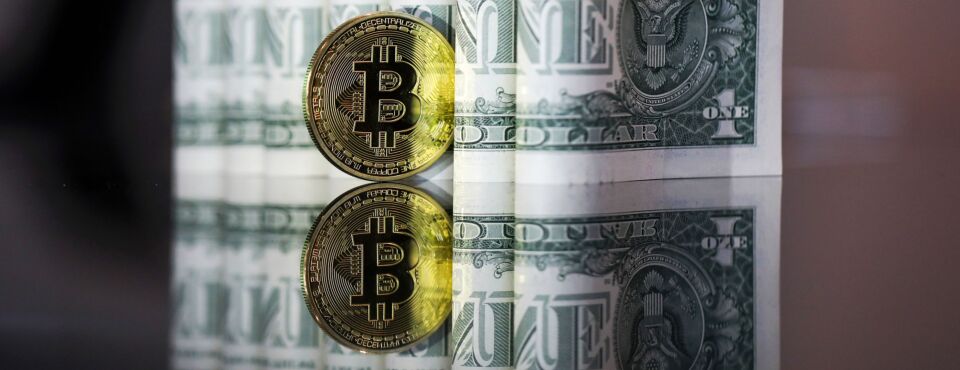The report on digital assets from the Trump administration, released in July, articulates numerous proposals aiming to fulfill Trump’s vision for the digital asset sector.
This comprehensive report outlines the administration’s strategy to position the US as a leader in digital asset innovation, offering extensive recommendations on market structure, banking related to digital assets, stablecoins, payment systems, combating illicit finance, and taxation.
Recognizing that compliance with financial crime laws is crucial for a modern regulatory framework for digital assets, the report notably discusses countering illicit finance. It suggests potential updates to the US anti-money laundering regulations.
The administration points out that digital assets, like traditional assets, can be exploited by malicious actors. It emphasizes the need for the US to implement “measures to deter and combat illicit finance” to fully utilize digital assets, uphold innovators’ rights to enhance privacy and liberty, and combat financial crimes affecting Americans.
For those keen to grasp the administration’s approach to regulating the digital asset landscape, the full 160-page report offers an in-depth overview of the current digital asset framework along with specific recommendations for Congress and regulators on modernizing this framework to stimulate digital asset innovation.
Revising the Bank Secrecy Act
The regulations under the Bank Secrecy Act were largely developed before the emergence of the digital asset industry. Consequently, financial regulators have struggled to apply outdated anti-money laundering standards to digital assets, which often do not align with digital asset functionalities and practices.
There are significant gaps in addressing risk mitigation due to the absence of specific anti-money laundering requirements that cater to the unique operations of digital asset platforms. Currently, only entities classified as “financial institutions” under the BSA are regulated, and most digital asset firms are classified as money services businesses, which are not recognized as “covered financial institutions” by BSA’s Customer Identification Program.
The report acknowledges that the existing BSA framework is misaligned with the digital asset sector and suggests that Congress establish “bespoke digital asset-specific financial institution categories” that would allow more precise anti-money laundering regulations tailored to various participants in the digital asset sphere.
Clarifying DeFi Participants
In 2019, the Financial Crimes Enforcement Network released guidance on how digital asset business models should be evaluated under the BSA, emphasizing the importance of specific circumstances in determining whether decentralized finance (DeFi) participants qualify as money services businesses.
The report encourages Congress to legislate a definition for what constitutes “true” decentralized protocols, identifying which parts of the DeFi ecosystem should adhere to anti-money laundering requirements while also fostering an appropriate regulatory environment that supports innovation and clarity in the sector.



